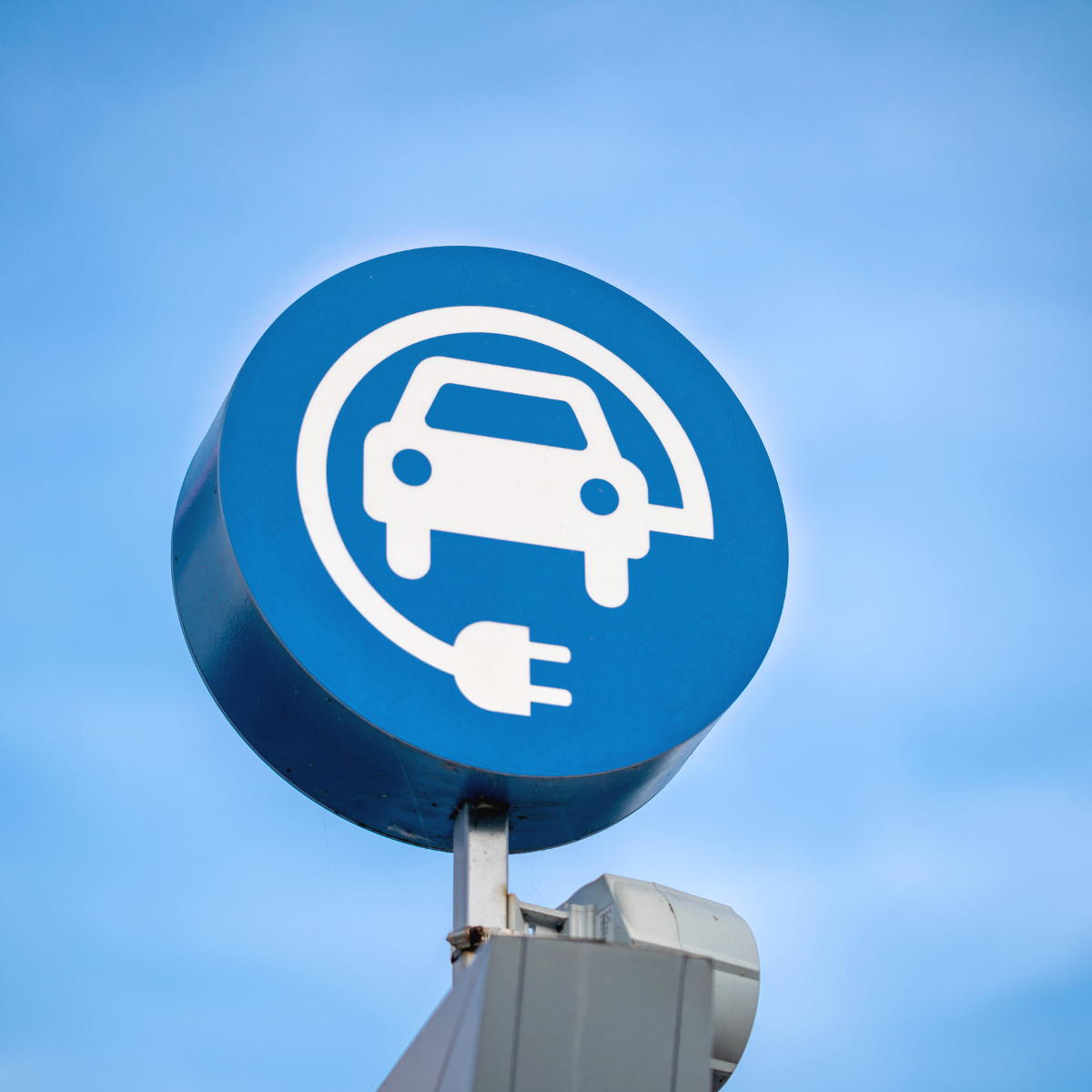Demystifying the Need for Level 3 EV Chargers

As electric vehicles (EVs) continue to grow in popularity, many businesses are considering installing EV charging stations for their customers, tenants and employees. However, there is often confusion about the different types of charging stations available, particularly the need for level 3 chargers. In this post, we'll explain why most businesses can get by with level 2 chargers and outline the key differences between level 2 and level 3 EV chargers.
Level 2 EV Chargers: The Basics
Level 2 EV chargers are the most common type of charging station found in public places such as parking garages, shopping centers, and workplaces. These chargers typically deliver 240 volts of power and can fully charge an EV battery in around 4-8 hours, depending on the vehicle's battery size and the charging station's power output.
Level 2 chargers are suitable for most daily charging needs, such as charging an EV while at work or running errands. They are also relatively affordable and easy to install, with pricing ranging from $5-10K for a single charging station.
Level 3 EV Chargers: The Basics
Level 3, also known as DC fast chargers, are a step up from level 2 chargers in terms of power output. These chargers can deliver 480 volts of power or more, and can charge an EV battery to 80% in as little as 20-30 minutes.
Level 3 chargers are designed for use in areas where drivers need a quick charge, such as along highways or in commercial fleets. They are significantly more expensive and require more energy to operate than level 2 chargers, with prices ranging from $10,000 to $50,000 or more per charging station.
Why Most Businesses Don't Need Level 3 Chargers
While level 3 chargers may seem like the ideal solution for businesses looking to offer EV charging to their customers and employees, the reality is that most businesses don't need them.
For one, level 3 chargers are not designed for daily charging needs, but rather for quick charging on the go. Installing level 3 chargers at a workplace or shopping center, where drivers are parked for several hours, would be overkill and a waste of resources.
Additionally, level 3 chargers are significantly more expensive to install and operate than level 2 chargers. For most businesses, the cost of installing level 3 chargers would outweigh the benefits, especially given that the vast majority of EV drivers will be able to get by with level 2 charging.
When deciding whether to install level 3 or level 2 EV chargers, businesses should consider a few key factors:
Charging Needs: The first step in determining the appropriate charging infrastructure is to assess the charging needs of the business and its customers/employees. Consider the length of time vehicles will be parked, how often they need to be charged, and the distance drivers are traveling. Level 3 chargers are ideal for quick charging needs, such as along highways or for commercial fleets, while level 2 chargers are better suited for daily charging needs, such as at workplaces, shopping centers, and hotels.
Cost: Level 3 chargers are significantly more expensive than level 2 chargers, both in terms of installation and operation. Businesses should weigh the cost of installing level 3 chargers against the benefits they will provide. For most businesses, level 2 chargers are a more cost-effective solution.
Power Capacity: Installing level 3 chargers may require upgrading the power capacity of the building or site where they will be installed. Businesses should consult with an electrician or electrical engineer to assess the site's power capacity and ensure it can support the charging infrastructure they plan to install.
Future Expansion: Businesses should consider their future expansion plans when deciding on the appropriate charging infrastructure. If they anticipate a significant increase in EV adoption or plan to expand their operations, they may want to consider installing level 3 chargers to accommodate future needs.
Location: Businesses should also consider the location of the charging station and the needs of the drivers who will be using it. For example, level 3 chargers may be more suitable for areas with high traffic volume, while level 2 chargers may be more appropriate for locations where drivers are parked for longer periods of time.
By taking these factors into consideration, businesses can make informed decisions about the appropriate charging infrastructure for their needs. In most cases, level 2 chargers will be sufficient for daily charging needs, while level 3 chargers should be reserved for quick charging needs or areas with high traffic volume.

